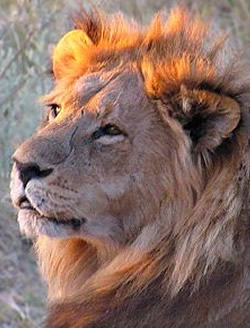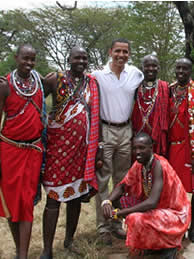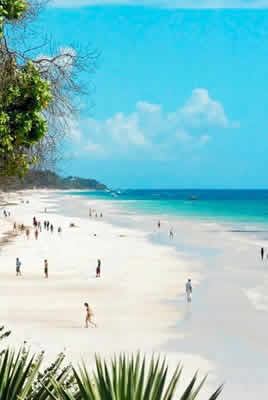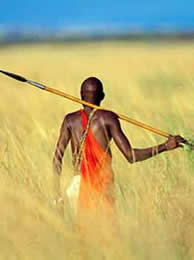Murchison Falls National Park
The Murchison Falls National Park lies at the northern end of the Albertine Rift Valley, where the bulky Bunyoro escarpment merges into the vast plains of Acholiland. One of Uganda's oldest conservation areas, it was initially gazetted as a game reserve in 1926 to protect a savanna that Winston Churchill described in 1907 as 'Kew Gardens
and the zoo combined on an unlimited scale'.Murchison Falls has received many notable foreign visitors. In 1907, Winston Churchill hiked, boated and bicycled up the Nile corridor to the Falls. He was followed by Theodore Roosevelt in 1909 during a hunting safari that cost, by today's prices, a phenomenal US$1.8m!Murchison Falls National Park
In 1951, the Falls provided a backdrop for Humphrey Bogart in John Huston's famous movie, The African Queen which was filmed on location along the Murchison Nile and on Lake Albert. British royals have also visited Murchison, the Prince of Wales (later Edward VII) in 1930 and the Queen Mother in 1959.The least happy celebrity visitor was Ernest Hemingway in 1 954 who literally dropped in. His intention was simply to overfly the waterfall but his plane clipped an old telegraph wire strung across the gorge and cartwheeled into the riverine forest. Hemingway and his wife were rescued and taken to Butiaba where their rescue plane crashed on takeoff.The park is bisected by the Victoria Nile which first races down 80km of whitewater rapids before plunging 40m over the remnant rift valley wall at Murchison Falls, the centrepiece of the park. This waterfall was named in 1864 by the explorer Samuel Baker who considered it 'the most important object through the entire course of the river.' The Falls drains the last of the river's energy, transforming it into a broad, placid stream that flows quietly across the rift valley floor for 55km to Lake Albert. This stretch of river provides one of Uganda's most memorable wildlife spectacles. Regular visitors include elephant, giraffe and buffalo while hippopotamus and Nile crocodile are permanent residents.The park covers 3,893km2 and is Uganda's largest protected area. Today it is part of the even larger Murchison Falls Protected Area (5,072km2) which includes the adjoining Karuma and Bugungu wildlife reserves.The Albert Nile corridor is Uganda's lowest area (612m at Delta Point) and temperatures can be hot with a mean maximum of 29°C. The hottest times are mid December to mid February and June-July, tempered by rainy seasons in April and November.
HOW TO GET THERE
Byroad, the Nile river crossing at Paraa, in the centre of the park, is approximately 5hrs drive from Kampala (305km). Paraa is 85km from Masindi town by the direct route. A longer (135km) alternative route passes through Budongo forest and enjoys spectacular views across Lake Albert from the rift valley escarpment above Butiaba. Paraa can also be approached from the north, via Chobe Gate near Karuma Falls and Tangi Gate near Pakwach (25km to Paraa), and Wankwar Gate near Purongo.A vehicle ferry crosses the Nile at Paraa. This operates hourly between 07.00 and 19.00 with the exception of 13.00. Murchison can also be reached by air. Charter flights can land at airstrips north of the Nile at Pakuba (19kms from Paraa) and south at Bugungu (13kms from Paraa).
SAFARI ACCOMODATION IN MURCHISON FALLS NATIONAL PARK
Uganda Wildlife Authority campsites exist at the top of the Falls, Rabongo forest and Delta Point. These sites provide pit latrines and in some cases, basic showers. Budget accommodation and camping is available at Red Chilli Rest Camp and Kaniyo Pabidi Camp. More upmarket accommodation is provided by Nile Safari Camp, Sambiya River and Paraa Safari Lodges. In Masindi, the Masindi Hotel and Court View Hotel are recommended.






